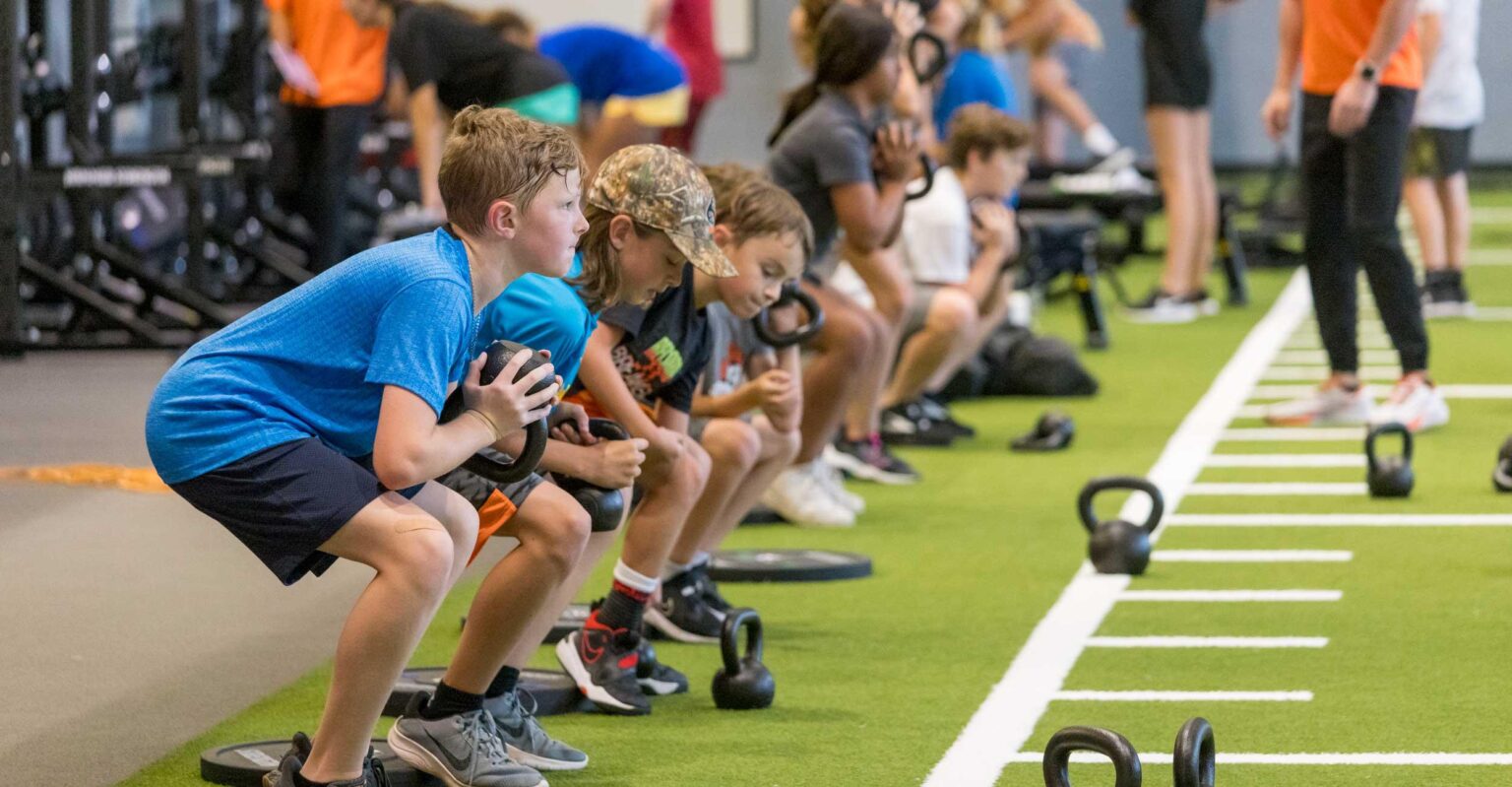Athletic programs play a crucial role in developing talent, promoting teamwork, and fostering a healthy lifestyle among participants. However, despite their importance, many programs face persistent challenges that hinder their effectiveness and growth. From limited funding and inadequate facilities to insufficient coaching and athlete burnout, these common hurdles can impact the success of both individual athletes and entire teams. In this article, we examine the most prevalent obstacles confronting athletic programs today and explore practical solutions that administrators, coaches, and communities can implement to overcome them and build stronger, more resilient sports initiatives.
Funding Shortfalls Undermine Program Growth and Athlete Support
Across the spectrum of athletic initiatives, insufficient funding remains a significant barrier that stifles growth and undermines the very support systems critical to athlete development. Without consistent financial backing, programs struggle to maintain quality coaching staff, access to top-tier training facilities, and essential equipment upgrades. This gap disproportionately affects grassroots and community-based programs, limiting opportunities for emerging talent to flourish and impeding competitive readiness at higher levels.
Addressing this challenge demands innovative funding approaches and strategic partnerships. Programs must diversify revenue streams through avenues like corporate sponsorships, crowd-funding campaigns, and public-private collaborations. A well-structured financial plan might look like the example below, which balances fixed and variable costs aligned with targeted funding initiatives:
| Expense Category | Estimated Annual Cost | Proposed Funding Source |
|---|---|---|
| Coaching Salaries | $120,000 | Corporate Sponsorship |
| Facility Maintenance | $45,000 | Community Grants |
| Equipment & Gear | $30,000 | Crowd-Funding |
| Travel & Competition Fees | $25,000 | Membership Fees |
- Transparent budgeting builds trust with stakeholders and encourages sustained support.
- Multi-channel fundraising mitigates risk by not relying on a single income source.
- Engagement with local businesses fosters mutually beneficial relationships and community investment.
Addressing Coaching Challenges Through Enhanced Training and Recruitment
Overcoming obstacles in athletic coaching begins with investing in comprehensive training programs designed to sharpen tactical expertise and foster leadership skills among coaches. Traditional coaching methods no longer suffice in today’s fast-evolving sports environment, making ongoing education indispensable. Incorporating scenario-based learning, mental resilience workshops, and data analytics into training curricula equips coaches to adapt swiftly and make informed decisions on the field. Moreover, these enhanced programs emphasize emotional intelligence and communication, critical for nurturing athlete trust and motivation, ultimately driving team success.
Recruitment strategies also play a pivotal role in elevating athletic programs. Prioritizing candidates who demonstrate not only technical proficiency but also a clear philosophy aligning with team values ensures cultural cohesion and long-term development. Key factors to consider during recruitment include:
- Proven track record in athlete development
- Ability to innovate under pressure
- Commitment to continuous learning
- Strong interpersonal skills
| Training Focus | Expected Outcome |
|---|---|
| Data-Driven Performance Analysis | Improved game strategy |
| Leadership and Communication Skills | Enhanced team cohesion |
Overcoming Facility Limitations with Strategic Partnerships and Community Engagement
Limited access to quality training facilities often poses a significant barrier for many athletic programs, particularly in underfunded communities. However, forging strategic partnerships with local schools, businesses, and recreational centers can unlock new opportunities. Collaborations can lead to shared use agreements, allowing teams to practice and hold events in spaces that might otherwise be inaccessible. These partnerships also frequently bring in essential resources such as equipment donations, coaching expertise, and even funding that can elevate the entire program.
Equally important is engaging with the community to build a robust support network. Hosting open houses, workshops, and community-led tournaments fosters a sense of ownership and pride, encouraging volunteers and sponsors to contribute time and money. Community involvement not only broadens the athlete base but also enhances program sustainability. Below is a quick overview of potential partnership benefits that can transform facility constraints into growth drivers.
| Type of Partner | Benefit | Example |
|---|---|---|
| Local Schools | Access to gymnasiums and fields | Sharing practice times after school hours |
| Businesses | Sponsorship & equipment donations | Sports shops providing discounted gear |
| Community Centers | Hosting training clinics & events | Weekend workshops open to all ages |
Closing Remarks
As athletic programs continue to evolve, addressing common challenges such as funding shortages, recruitment difficulties, and resource management remains critical. By implementing strategic solutions-ranging from community engagement initiatives to enhanced training infrastructure-programs can overcome these hurdles and foster sustainable growth. Staying proactive and adaptable will ensure that athletic organizations not only survive but thrive in the competitive landscape, ultimately benefiting athletes, coaches, and supporters alike.

